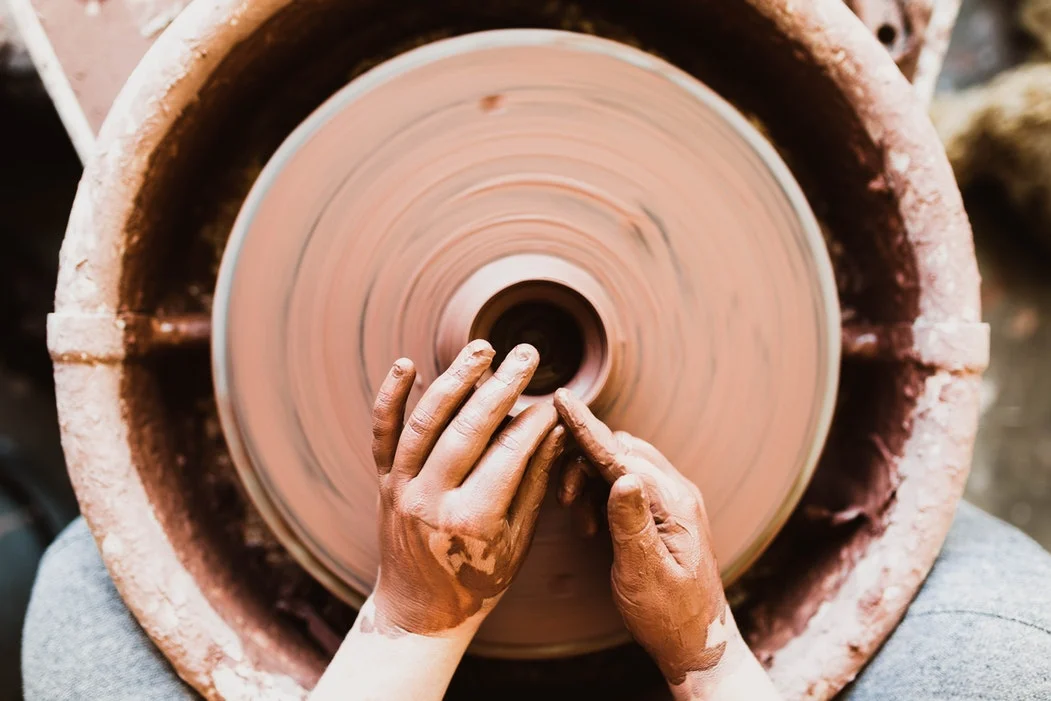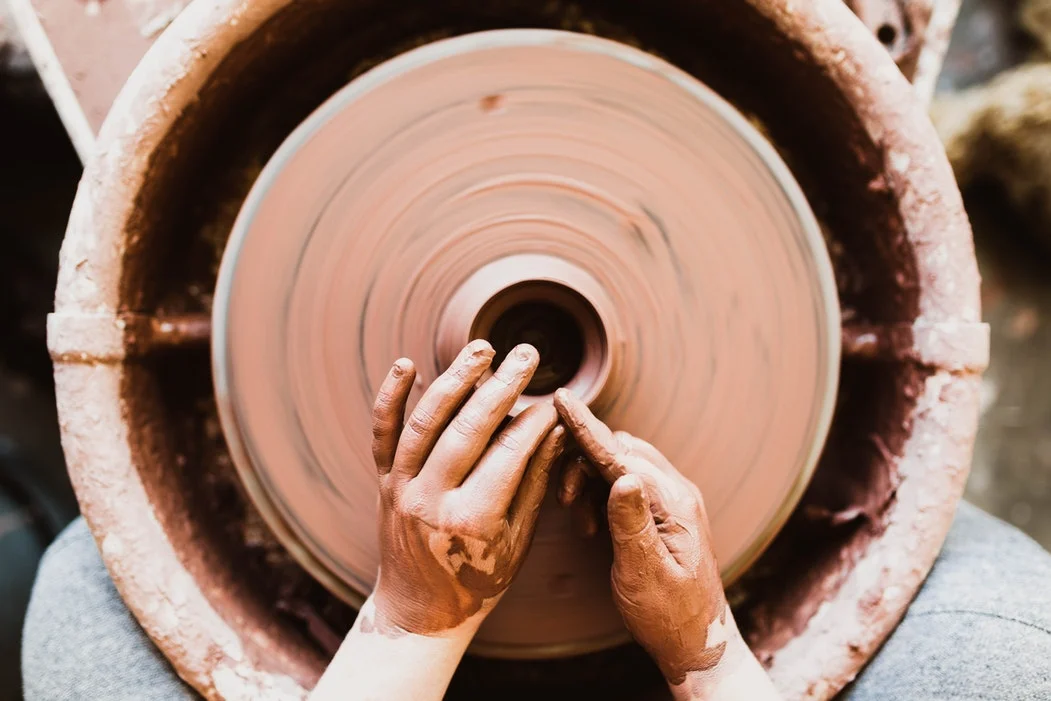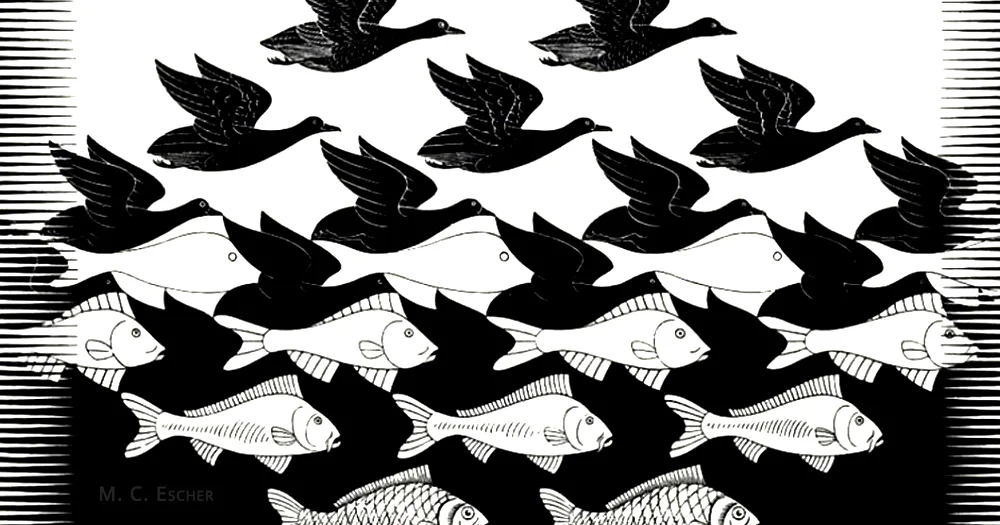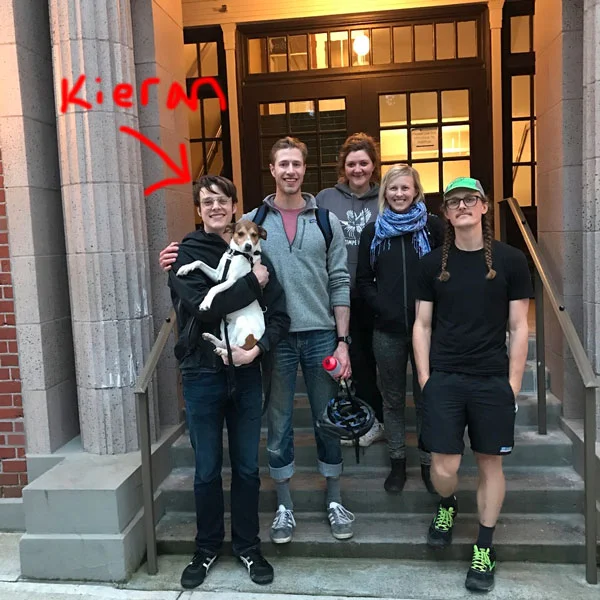There is no word I use so often and dislike so much as I do the word “engagement.” It is overused, it sounds like it was lifted from an 80s business seminar, and—its worst crime of all—it is vague.
Because the word is already ubiquitous, we can’t get away from using it. So we try and try again to redefine it instead.
At Switchboard, we begin our weekly team meetings with a segment called “Hello, we’re people.” It’s a chance for us to be light-hearted and share something about ourselves. For example, what our favorite kind of pie is, or what sort of crime we’d most like to adjudicate as jurors (high-level white collar crime, across the board).
In that spirit, today I’m writing about how my understanding of Daoist philosophy informs my relationship with that terrible word—engagement.
Our traditional understanding of engagement is something like this: We interact with a student or alumna, or they interact with us, and then their affinity/gratitude/love for their alma mater increases. This happens again, and again, and again until they love us so much that they give us what we want, be it a financial gift, their time as a volunteer, or something else.
It’s a bit manipulative, even predatory, and alumni know it. It’s why so many of them think their alma mater only contacts them to ask for money. (For too many alumni, that is actually true.)
This definition of engagement is all about contact, like when one gear engages another gear. We have to constantly make contact with students and alumni—engage them—to get what we want.
This .GIF brought to you by a now-defunct AngelFire site.
It’s labor intensive because we insist on being that point of contact every time. Here’s where Daoist philosophy comes in:
11
We join spokes together in a wheel,
but it is the center hole that makes the wagon move.
We shape clay into a pot,
but it is the emptiness inside
that holds whatever we want.
We hammer wood for a house,
but it is the inner space
that makes it livable.
We work with being,
but non-being is what we use.
Chapter 11 of the Dao De Jing is about negative space—not just literal, physical space, but also the emptiness in our personal and spiritual lives that makes living possible. The downtime, the distance, the rest.
But we despise negative space when it comes to engagement. Negative space is antithetical to engagement orthodoxy. (If the teeth of the gears aren't touching, how can they move?) How can we engage alumni by leaving them alone?
Thing is—alumni want to be left alone, or, at least, left to their own devices. Your average alumna would much rather hear from a student or another alumna than hear from us.
Our students and alumni want empty space. They don't want our interference, they want our facilitation. They want to be able to connect with other members of the community on their own terms without having to interact with one of us. (Who attends reunions or happy hours because they want to recapture the experience they had as a student interacting with alumni relations staff? Nobody.)
Our constituents care more about their alma mater not when they hear from us more, but when they get to be a part of the community that they loved in the first place. That's the space in the hub of the wheel that makes the wagon move. It's our task to find and hone strategies for creating that space for our constituents at scale.
This isn't all new. We host networking events and the like, spaces for students and alumni to connect, all the time. But there's still one thing that holds us back: Our need to be the ones who get the credit. That's where Chapter 17 of the Dao De Jing comes in.
17
When the Master governs, the people
are hardly aware that he exists.
Next best is a leader who is loved.
Next, one who is feared.
The worst is one who is despised.
If you don’t trust the people,
you make them untrustworthy.
The Master doesn’t talk, he acts.
When his work is done,
the people say, “Amazing:
we did it, all by ourselves!”
Our need to be in control isn't sinister, or even selfish. We just need to know that our work is paying off, that there's a "return on investment." We need to generate measurable results.
The problem is that this biases us toward keeping ourselves at the center of things, in control. It's much harder to measure outcomes when we aren't the ones making everything happen, so it's understandable that we'd design programs where we can see everything that's happening.
But when we design programs where we are in control of everything, where we can measure every interaction and every outcome, we aren't creating the empty space our constituents want. We aren't truly engaging them—we're just poking them. We're not reconnecting them back to their alma mater.
We need to organize in such a way that our students and alumni are hardly aware of our work, even if that means it's harder for us to take the credit for their success. The less they see us, the more they're free to experience the magic that makes their community special. Sort of like all the moving parts behind the curtain that make the magic of Disneyland happen, or something.
So if we must keep using the word engagement—and, sadly, we must—every time we use it, we shouldn't ask, "How many students and alumni have we engaged?" but rather, "What space are we creating for students and alumni to engage?"
Kieran Hanrahan has been Switchboard's director of marketing since the company's founding in 2013. In addition to Daoism, his passions include chocolate ice cream; his beautiful dog, Lily; and his pet spiders, which he prefers not to discuss in polite company. 🍨🐶🕷☯️





